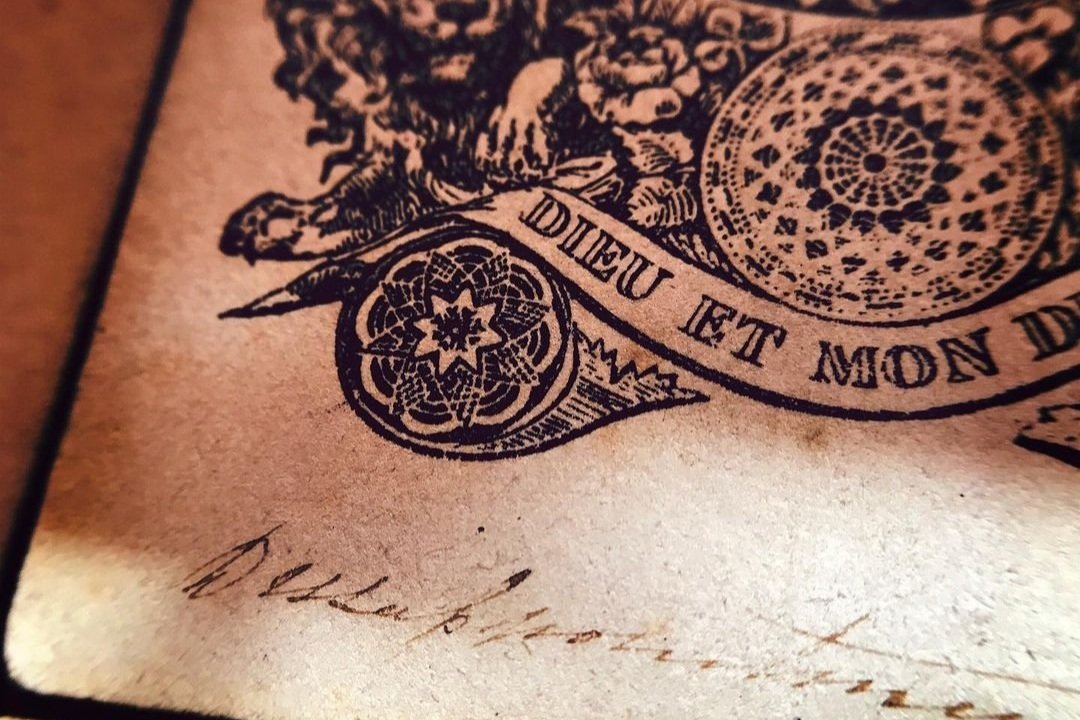
READ LIKE THE DEVIL
The art of cartomancy with Camelia Elias
Welcome to the method, philosophy, and practice of cartomancy
This is a website designed to serve as a resource for all students of cartomancy interested in reading the Marseille Tarot, the Lenormand Oracle, and Playing Cards.
Under the signature Read Like the Devil, a method developed by Camelia Elias, this website is also an invitation to join a cartomantic practice club.
-
The essays gathered here under the first three headings highlight the method, philosophy, and practice of divination from a critical perspective.
They also demonstrate how precision and coherence can be achieved in divination when we apply a few basic principles of reading the cards from the perspective of reading a visual text, rather than considering its shared symbolisms.
The Shuffle section offers a miscellany of readings across the board in the form of snappy reflections and prompts.
This section also features occasional video recordings that highlight a cartomantic point.
-
You can join the Read like the Devil Practice Club, a subscription based learning program.
For a monthly fee of $10 the club gathers dedicated students of cartomancy interested in developing and maintaining their cartomantic skills via monthly live calls, targeted articles, prompts, and magical rituals with the cards.
There is an ever growing library of resources that are created exclusively for the club. All who join the club have have access to this library, for as long as membership is maintained.
-
Quite a number of books that focus on the method, philosophy, and practice of cartomancy came out of thinking with the cards both in private practice and teaching in both lay and academic settings.
For a deeper look at all forms of cartomancy, visit my contribution to EyeCorner Press, or join the practice club to have access to a library of resources, including occasional readings from books followed by analysis.

